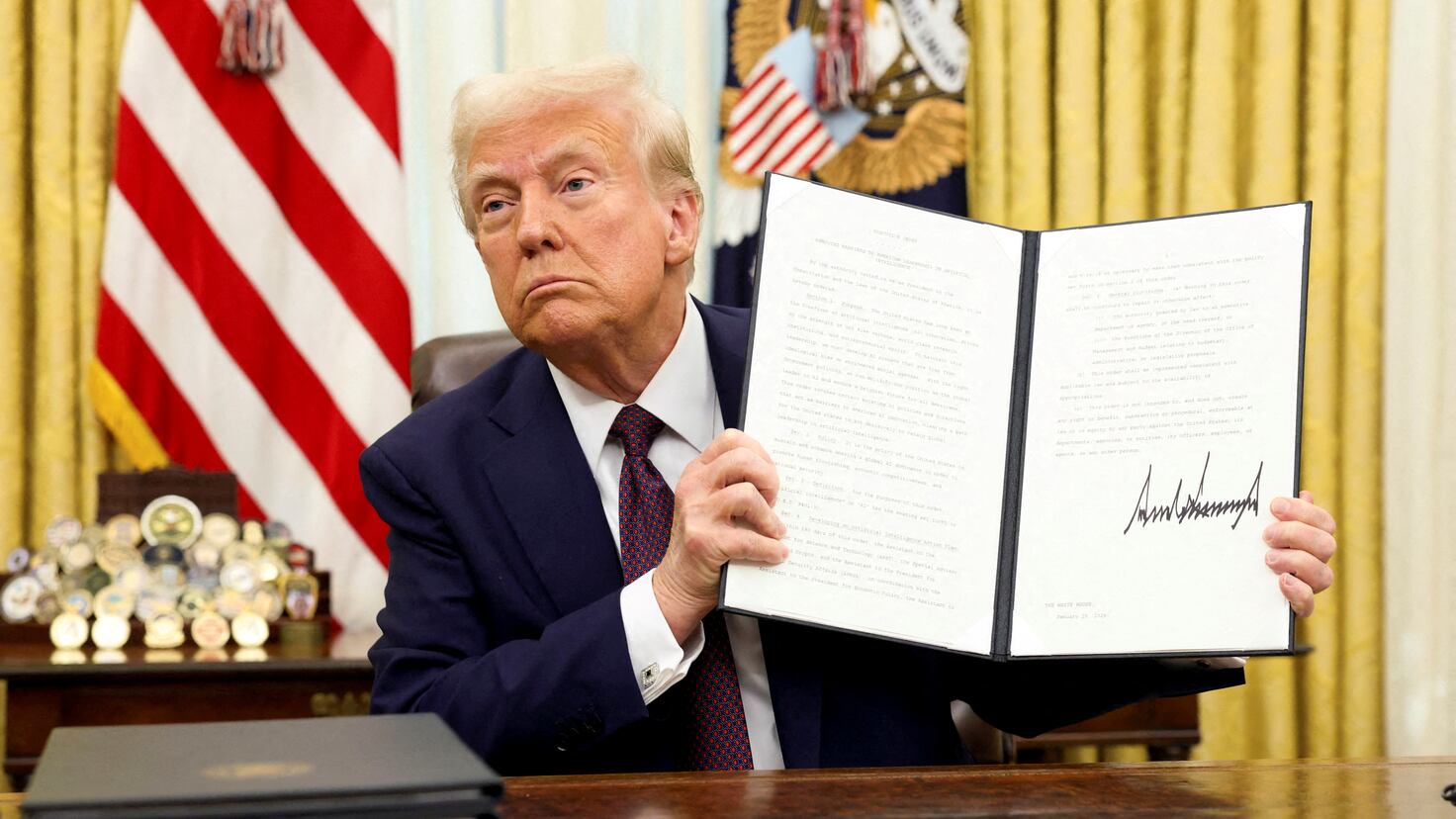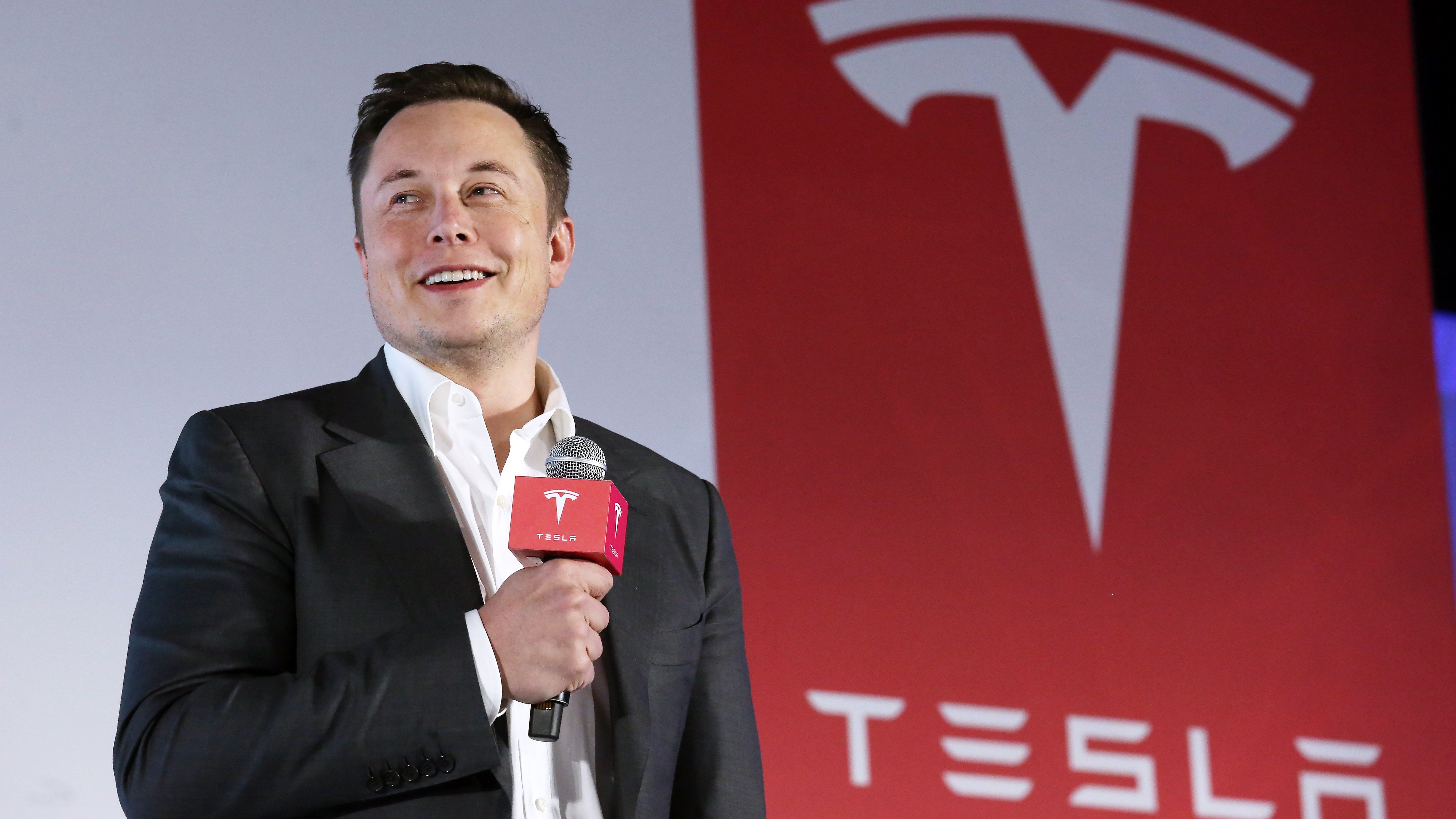As the U.S. transitions into a new era of electric vehicle (EV) adoption, recent legislative shifts are accelerating the timeline for one of the most critical incentives for buyers: the federal EV tax credit. The passage of the One Big Beautiful Bill Act in mid-2025 has restructured the Inflation Reduction Act (IRA) provisions—most notably, ending the federal $7,500 EV tax credit earlier than expected, with the new cutoff date being September 30, 2025.
This article explains what’s changing, which vehicles still qualify, and how to take full advantage of the remaining incentives—including EV charging solutions from EVDANCE to future-proof your home setup.
The EV Tax Credit Is Ending Early: Deadline Now September 30, 2025
The One Big Beautiful Bill Act has fast-tracked the sunset of the $7,500 federal EV tax credit originally enacted under the IRA. Previously, consumers expected to have until December 31, 2025, to take delivery of qualifying EVs. Now, the deadline is three months earlier, and only those who take delivery of an eligible vehicle by September 30, 2025, will qualify.
Why the Rush?
The legislation aims to cap the government's overall EV incentive liability while redirecting funds toward infrastructure and energy independence projects. For consumers, the accelerated timeline means:
-
Limited availability of popular EV models
-
Increased dealership pressure and shorter inventory cycles
-
Greater urgency to schedule deliveries before Q4 2025
Which EVs Still Qualify for the $7,500 Tax Credit?
The revised policy still allows for the full $7,500 federal tax credit if the vehicle meets sourcing, assembly, and price cap requirements, and if it's delivered before the September 30 deadline.
Here are the top models still eligible:
| Brand | Eligible EV Models |
|---|---|
| Acura | ZDX |
| Cadillac | Lyriq, Optiq, Vistiq |
| Chevrolet | Blazer EV, Silverado EV, Equinox EV |
| Ford | F-150 Lightning |
| Genesis | Electrified GV70 |
| GMC | Sierra EV |
| Honda | Prologue |
| Hyundai | Ioniq 5, Ioniq 9 |
| Jeep | Wagoneer S |
| Kia | EV6, EV9 |
| Tesla | Cybertruck, Model Y, Model 3, Model X |
| Chrysler | Pacifica Plug-In Hybrid (PHEV) |
🔍 Important Note: Although sites like fueleconomy.gov still list Dec. 31, 2025, as the expiration date, this is no longer accurate. Make purchasing and delivery decisions based on the September 30, 2025 deadline.
How to Maximize Your Incentives Before the Cutoff
To benefit fully from the remaining federal EV tax credit:
-
Verify Model Eligibility
Confirm your desired trim and model year qualify. Some trims or battery configurations may disqualify a vehicle. -
Act Quickly on Deliveries
If you’ve ordered a qualifying vehicle, ensure the vehicle is delivered to you before September 30, 2025. Merely placing the order is not enough. -
Consult a Tax Advisor
The credit is non-refundable and may not carry forward. Your ability to claim the full $7,500 depends on your federal tax liability for 2025.
Future-Proof Your Charging Setup: EVDANCE Home Charging Solutions
Once you've secured your EV, optimizing your charging experience is the next step. EVDANCE offers a range of Level 2 charging solutions and accessories tailored for EV buyers aiming for reliability, speed, and safety.
Recommended Products
🔌 EVDANCE Flux Tesla 40A Charger
-
Compatible with all Tesla models (Model 3/Y/S/X)
-
NACS connector with Wi-Fi smart scheduling
-
Fast 40A output — up to 9.6 kW for efficient home charging
🔌 EVDANCE EV Extension Cord 40FT
-
Designed for long-driveways or wall-mounted charging stations
-
Compatible with both Tesla and J1772 models via adapter
-
100% copper wiring, weather-resistant, and safety-certified
🔌 EVDANCE NACS DC to CCS1 Adapter
-
Supports up to 250kW fast charging at DC stations
-
Enables backward compatibility for Tesla owners at CCS stations
-
Ultra-compact, heat-resistant, and reliable for cross-network access
💡 Tip: Install your home EV charger before September 30, 2025, and you may also be eligible for additional energy-efficiency tax credits on installation costs under current IRA provisions.
What Happens After the Tax Credit Ends?
After September 30, 2025, the $7,500 federal credit will no longer apply to new vehicle deliveries. Manufacturers may respond with dealer rebates or promotional financing, but these will not match the certainty or size of the federal subsidy.
Expect:
-
Reduced affordability across entry-level EVs
-
Fewer tax-based incentives unless reinstated by new legislation
-
Higher reliance on state-level programs and rebates
Final Thoughts: The Clock Is Ticking
The shift in federal policy underscores the urgency for EV buyers. If you've been considering an electric vehicle, now is the time to act—not just to secure your $7,500 credit, but to lock in availability before demand spikes in Q3 2025.
Paired with EVDANCE’s intelligent, high-speed charging products, you can make the most of your EV investment well into the future.
Recommended Reading: What New EV Owners Need to Know: A Comprehensive Guide








Share:
Volkswagen Captures 46% of Germany’s EV Market, Leaving Tesla Behind
Tesla to Hold Shareholder Vote on xAI Investment Amid Broader Concerns Over Musk’s Commitments